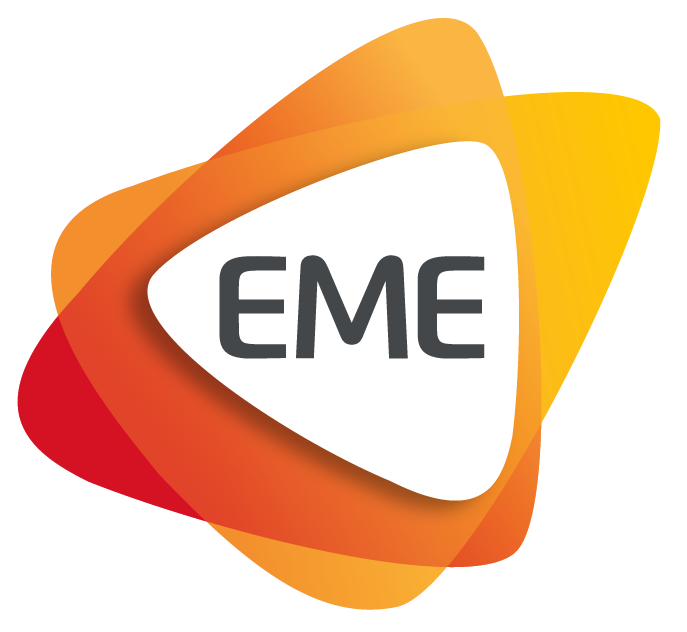
[astra_breadcrumb]
Best practices
Learning a profession and work language simultaneously in an internship
#method #language #mentor #workplace
The good practice in a nutshell
This is a process/method to shorten the path to employment. It has been used in the field of elderly care, but it can be used in other work sectors as well.
The migrant has an internship or a work introduction at the place of work. The duration of the internship is about six months. In the workplace, the trainee / new employee gets a mentor who provides personalised introduction that includes training in both language skills and work skills. These skills are then evaluated along the way by language‑support staff and a labour-market consultant. Both the ‘structured introduction and evaluation of work skills’ method and the language-support method are used.
When the trainee’s skills reach a level good enough for the profession, (s)he can get a job as a substitute assistant nurse. The trainee can also start studying for an assistant nurse’s diploma and then gain permanent employment.
Developer or user
Municipality of Piteå, Sweden.
Target group
Job-seeking immigrants (but the method can be used with unemployed / newly recruited people with disabilities or the long-term unemployed)
Why it is needed
Elderly care in Sweden needs more staff. People with a migrant background have a higher unemployment rate than people born in Sweden, and it’s more difficult for migrant women and men to find employment as an assistant nurse, because of language and work-culture difficulties and lack of work skills. This method enhances the employability of immigrants and supplies the field of elderly care with much-needed staff.
Resources
The good practice requires:
- staff to recruit people for the workplaces
- staff to handle follow-up on the progress of language and work skills
- a mentor in the workplace to teach the new employee / trainee about the work and the working language
Toolkit / methods within the method
- A table of work tasks
- A form for documentation of the skills learned
- A form for documentation of the specified qualities needed in the work
- A table of language situations
- Self-evaluation of language development
- A table on language development
Expected outcomes
More people from the target group should end up employed in the elderly-care field and start studying to become an assistant nurse.
‘Do’s and ‘don’t’s
- Make sure that the trainee is motivated and understands the objective for the internship.
- Both the starting point and the focal point for the internship are inherently based on the specific profession and the specific workplace.
- The employer informs relevant colleagues about the upcoming internship, explains the role of the mentor, and specifies the setup of the internship.
- Strive to keep all communication – between everyone involved – clear and articulate.
- Having a mutual objective for the internship is important in the introduction of a possible future staff member.
Applicability
The method can be used in other countries, with some adjustments. Also, the organisations can use some parts of the method if the method is difficult to copy in its entirety.
Quotes from the other project partners
‘There is a need because a lot of people have different competencies but these aren’t valorised.’ (EVA bxl, Belgium)
‘The combination of work skills and language skills, learning in the workplace, is beneficial.’ (EVA bxl, Belgium)
Additional information
- How does it work? (pdf)
